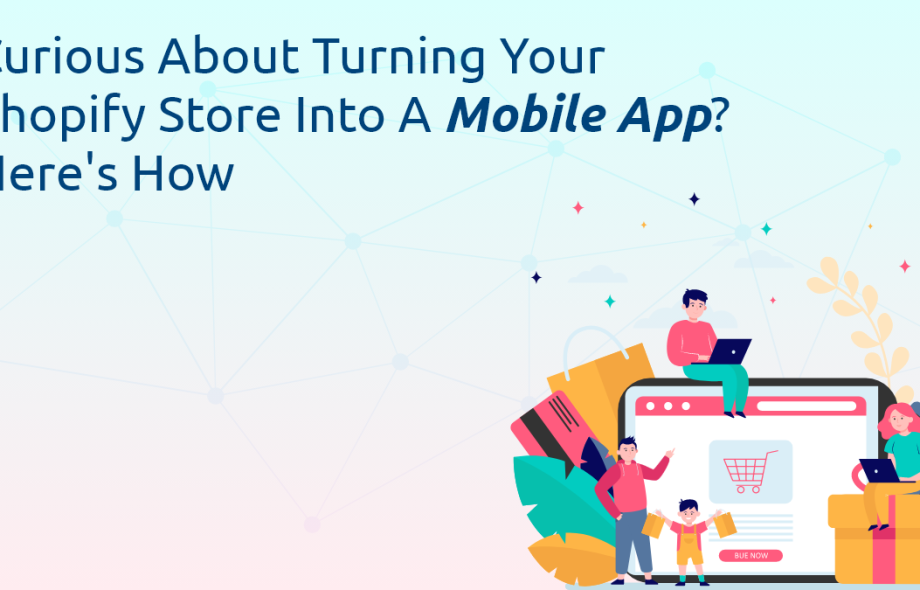Are you a Shopify store owner looking to expand your reach and enhance customer engagement? In today’s digital age, where mobile commerce is on the rise, turn your Shopify store into a mobile app can be a game-changer. Whether you’re curious about the process or eager to explore the benefits, this article will guide you through the steps involved in transforming your online store into a mobile app.
Understanding the Need for Mobile Commerce
Mobile commerce, or m-commerce, has become increasingly prevalent in recent years, fueled by the widespread adoption of smartphones and the growing preference for on-the-go shopping experiences. According to Statista, global mobile commerce sales are projected to surpass $3.5 trillion by 2021, highlighting the immense potential of this market.
As more consumers turn to their mobile devices to browse products, make purchases, and interact with brands, businesses must adapt to meet their evolving needs. By offering a dedicated mobile app, you can provide customers with a seamless and personalized shopping experience that enhances engagement, drives conversions, and fosters loyalty.
Leveraging the Power of Shopify
Shopify has emerged as a leading e-commerce platform, empowering entrepreneurs to create and manage their online stores with ease. With its intuitive interface, robust features, and extensive app ecosystem, Shopify provides everything you need to build a successful online business.
One of the key advantages of Shopify is its flexibility and scalability, allowing you to customize your store to meet your specific requirements and goals. Whether you’re selling physical products, digital downloads, or subscription services, Shopify offers a range of tools and integrations to help you succeed.
How to Turn Your Shopify Store into a Mobile App
The good news is that transforming your Shopify store into a mobile app is easier than you might think. There are several third-party solutions and integrations available that streamline the process and require minimal coding or development expertise.
Platforms like Tapcart, Plobal Apps, and Shopney offer user-friendly tools and templates that allow you to create fully customizable mobile apps tailored to your brand’s unique identity and requirements. The process typically involves syncing your Shopify store data, customizing the app design and layout, and publishing it to the Apple App Store and Google Play Store.
Conclusion
Converting your Shopify store into a mobile app presents an exciting opportunity to elevate your online business and reach a broader audience of mobile shoppers. By embracing the power of mobile commerce and prioritizing the needs of your customers, you can create a seamless shopping experience that drives engagement, loyalty, and revenue growth.
Whether you’re a seasoned Shopify store owner or just getting started, investing in a mobile app can help you stay ahead of the competition and unlock new growth opportunities in the ever-evolving world of e-commerce. So why wait? Take the first step towards turning your Shopify store into a mobile app today and reap the rewards of mobile commerce tomorrow.
 :
https://www.boonapps.com/afs
:
https://www.boonapps.com/afs












